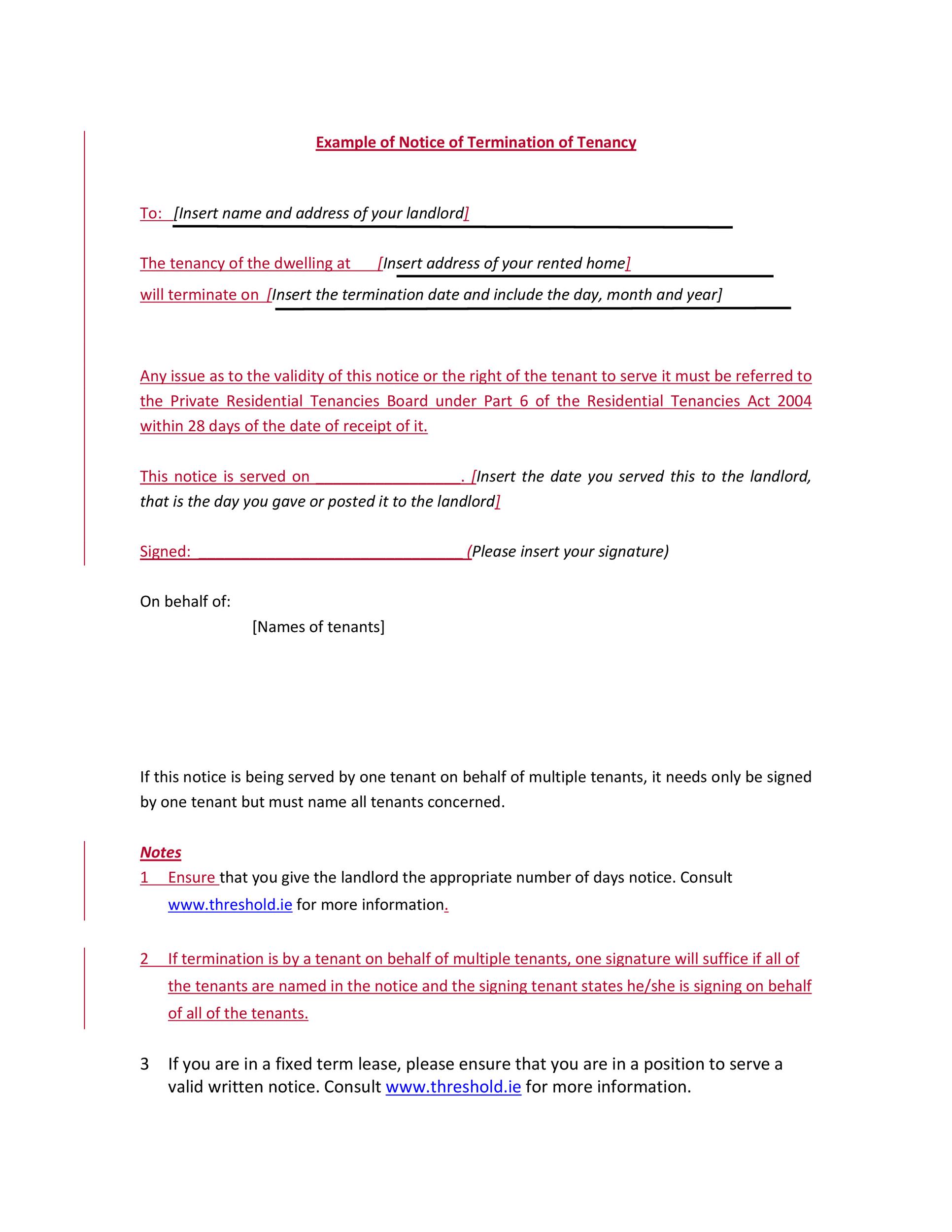Rialto’s Step-by-Step Handbook to Stop Removal

The subject of this post is how to stop eviction. The finest way to stop an eviction is by avoiding it completely. But, that's not exactly what anyone desires to hear, because, most of the time, it's far too late to avoid the eviction. law So, the question remains ... http://www.dca.ca.gov/publications/landlordbook/evictions.shtml "The best ways to stop eviction." Prior to we talk about ways to stop any type of eviction, we need to look at the factor for eviction. This is essential, since the factor for the eviction, whether it's for "non-payment of rent," or "termination of tenancy," or other factor, makes a difference in the method to go about stopping the eviction.
EVICTION FACTORS
Initially, exactly what is the reason for eviction? Stop Eviction Near El Monte There are several factors, or "causes," of eviction. The following is a list of the 3 most typical causes for eviction:
• Notice to Pay Rent or Quit:
Eviction based upon rent not paid on time or at all. Usually, a 3-day notice to pay rent or give up (leave) is served. The occupant has 3 days to pay the lease in complete or leave.
• Breach/violation of rental agreement:
Eviction based upon violation of rental agreement, and/or public law. Normally, a 3-day notice to cure/perform or stop is served. The tenant has three days to "cure" (correct/resolve) the issue or move out. These can be for a range of issues related to breach of rental arrangement, however can likewise be for breaching the law, like robbing a neighbor.
• Notice to Terminate:
Eviction based on expiration of lease or property manager's written notification stopping (terminating) tenant's leasing. Usually a 30 or 60 day written notice is served. The tenant must leave the facilities upon expiration of the notice. Rent is still required to by paid during the notification period, and if an occupant does not pay lease the landlord can come back and serve a 3-day notice to pay or quit.
If a renter is not able to adhere to any of these notices (e.g. not able to pay lease, not able to vacate) then the landlord has a "cause" of action to move on with an eviction claim. The property owner needs to file an eviction claim (called an illegal detainer in court) and obtain a judgment in court to have the legal right to have tenant removed from a property.
STOP EVICTION OF EACH TRIGGER
Undoubtedly, adhering to any of the notifications will stop eviction. Nevertheless, if a renter is not able to abide by an eviction notice, or notification to end occupancy, then they can utilize the following methods to stop eviction:
• Non-payment of lease (3-Day Notice):
Show proof of payment, or reasons to not pay lease, such as making repair work the property owner ignored, showing that there have been extreme overpayments in the past, or conditions that make the rental "un-tenantable." If a tenant is residing in a prohibited system, they might likewise stop paying lease, or utilize that as a reason lease was not paid.
• Three Day Notice to Treat or Quit:
Show evidence of mistake or compliance with breach prior to notice. Show that breach has not been enforced previously or with other occupants. In the majority of circumstances, the renter is given an opportunity to correct the "breach" and can quickly prevent an eviction.
• 30 or 60 Day Notice (Termination of Occupancy):
For some municipalities, terminating tenancy by proprietor is illegal ... check if your home or business is under "lease control," or "eviction control." In the city of Los Angeles, there are numerous systems under "lease control" laws that prohibit such a termination of occupancy. Another suggests is by revealing that the termination notification was served in retaliation for making problems to the property owner or a public firm (e.g. real estate department, health department).
These are a few of the a lot of fundamental methods to stop eviction. All of these techniques require strong proof with detailed information to be effective, particularly in court. There are many short articles and blog sites online that describe a few of these treatments, however the amount of proof required to show these methods is more than depicted.
Created at 2019-02-06 14:21
Back to posts
This post has no comments - be the first one!
UNDER MAINTENANCE